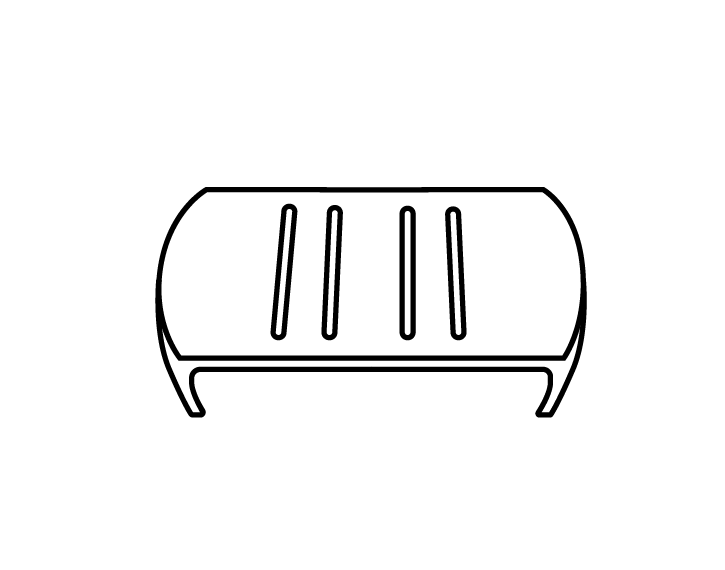lesson 5:
building a conductivity sensor
learning goals:
you will understand electrical conductivity and how it relates to water purity and ion concentration.
you will build a simple water conductivity sensor using the MakeWater kit and learn how to interpret the data.
materials
let’s start ↓
Step 1: Discussion on water conductivity
start with a discussion on why some water conducts electricity better than others.
connect this to real-world applications such as: water treatment, agriculture, aquariums and aquatic life.
Step 3: Measuring voltage/conductivity of samples
Attach the ends of the crocodile clip that leads to pin one and the crocodile clip that leads to ground pin to two corners of the grinded copper plate.
Now your copper plate will act as a conductivity probe when placed in water samples.
Dip the copper plate in different samples and observe the voltage reading on the micro:bit LED display.
Make sure to clean your copper plate between each sample and avoid touching the copper plate before disattaching the crocodile pins.Repeat measuring for all samples:
Distilled water – Minimal conductivity (control sample).
Tap water – Contains dissolved minerals, moderate conductivity.
Saltwater – High conductivity due to abundant ions.
Polluted water (e.g., water with dirt, soap, or organic waste) – Variable conductivity depending on contamination level.
Step 2: setting up the conductivity sensor
At the bottom of the micro:bit are five large pins. When you connect pin one and the GND or ground pin with a crocodile clip lead completes a circuit
Observe the LED screen on your micro:bit. The LED screen should show 0 (zero) to indicate the zero voltage in a complete circuit.
Note: To get a good connection you should put the pin part of the crocodile clip right through the holes, either from the front or the back of the micro:bit.
Step 4: discuss the results
Record all readings and have students create a conductivity scale from low to high based on voltage values.
Discuss which water sample had the highest conductivity and how pollutants influence conductivity. Brainstorm on why monitoring conductivity is important in real-world water management?




















